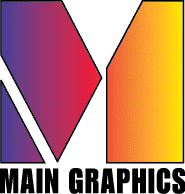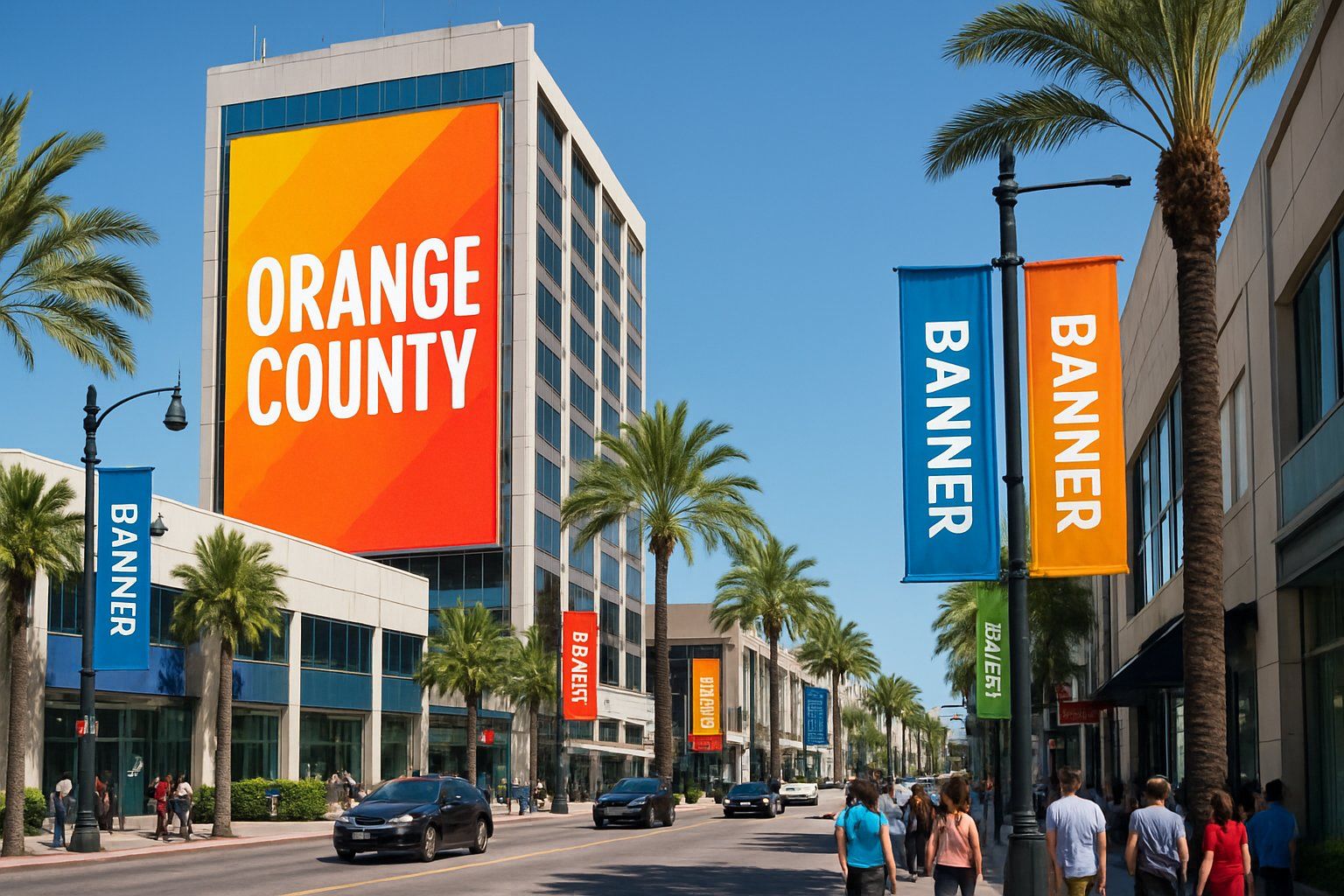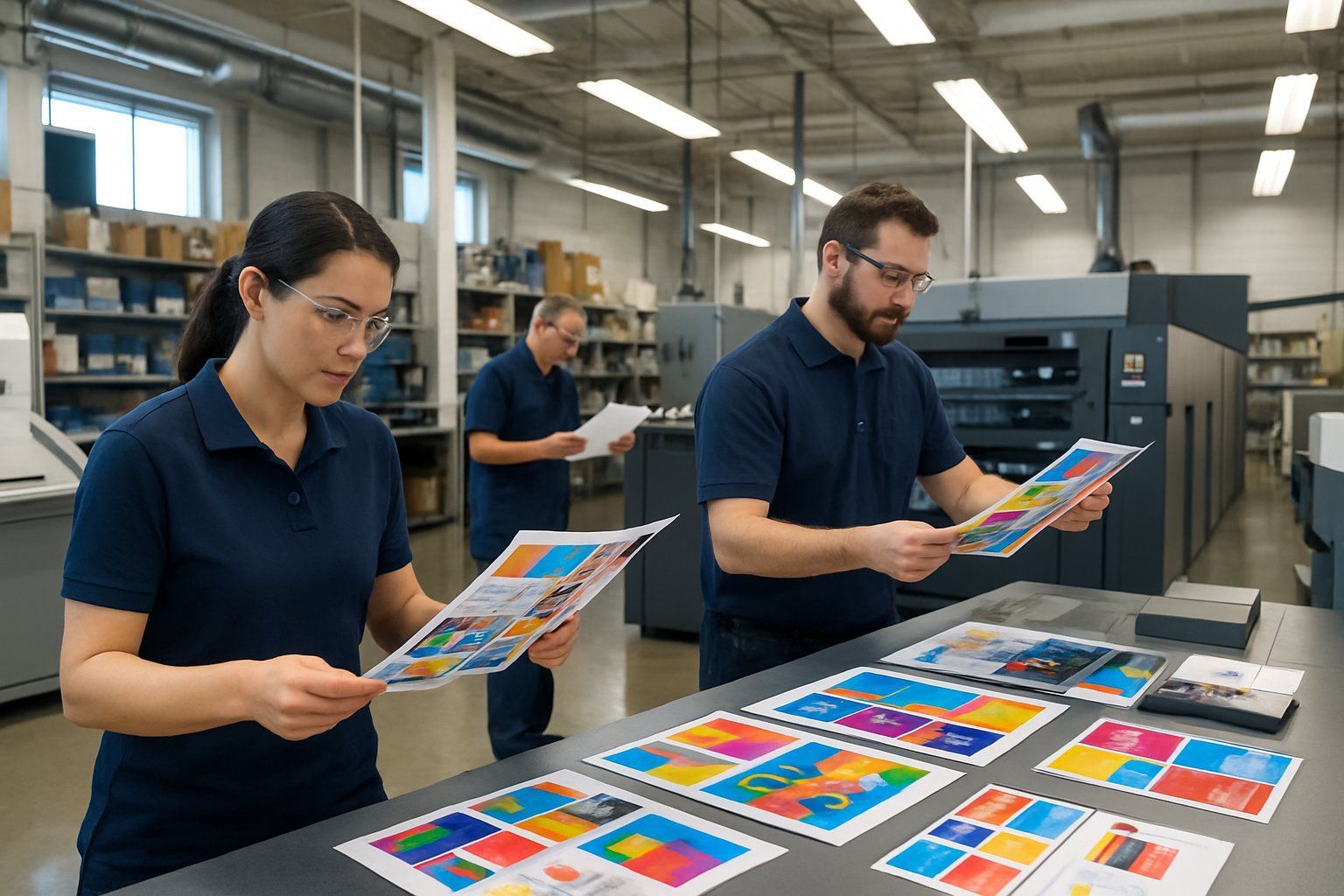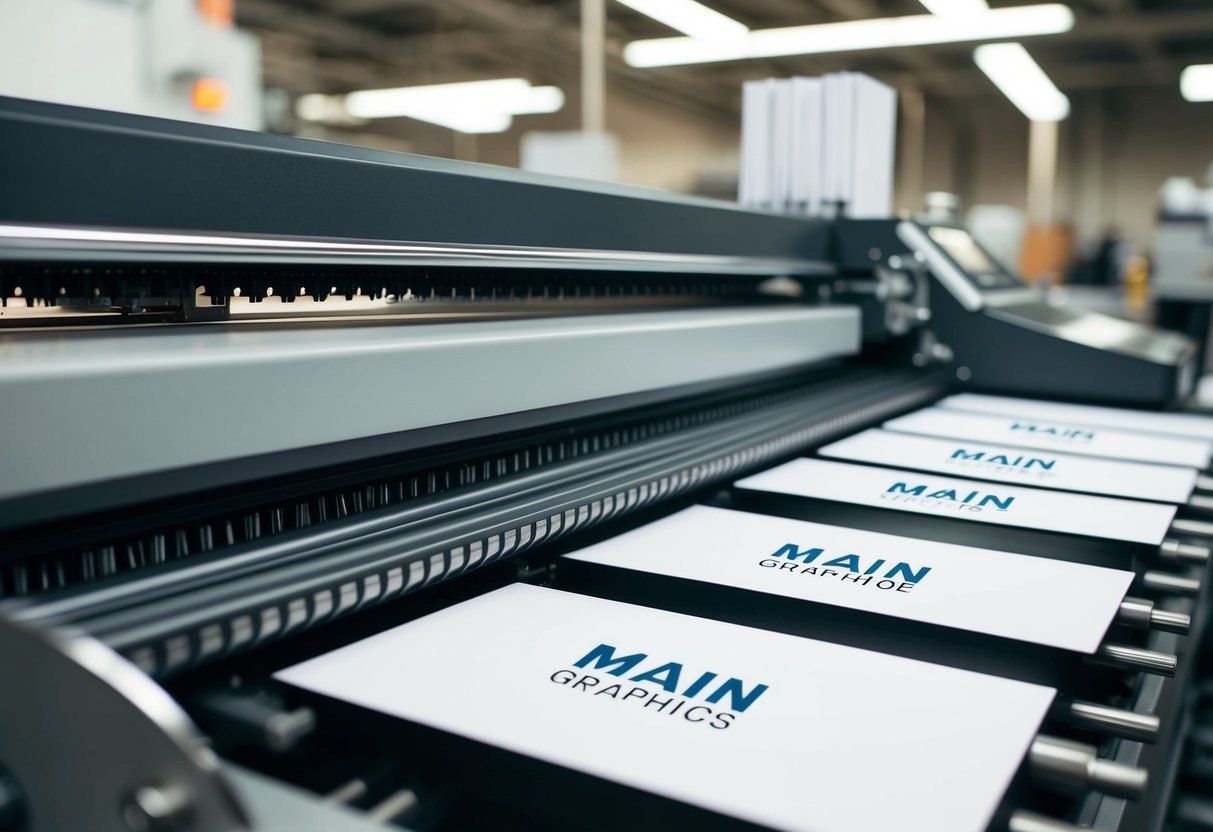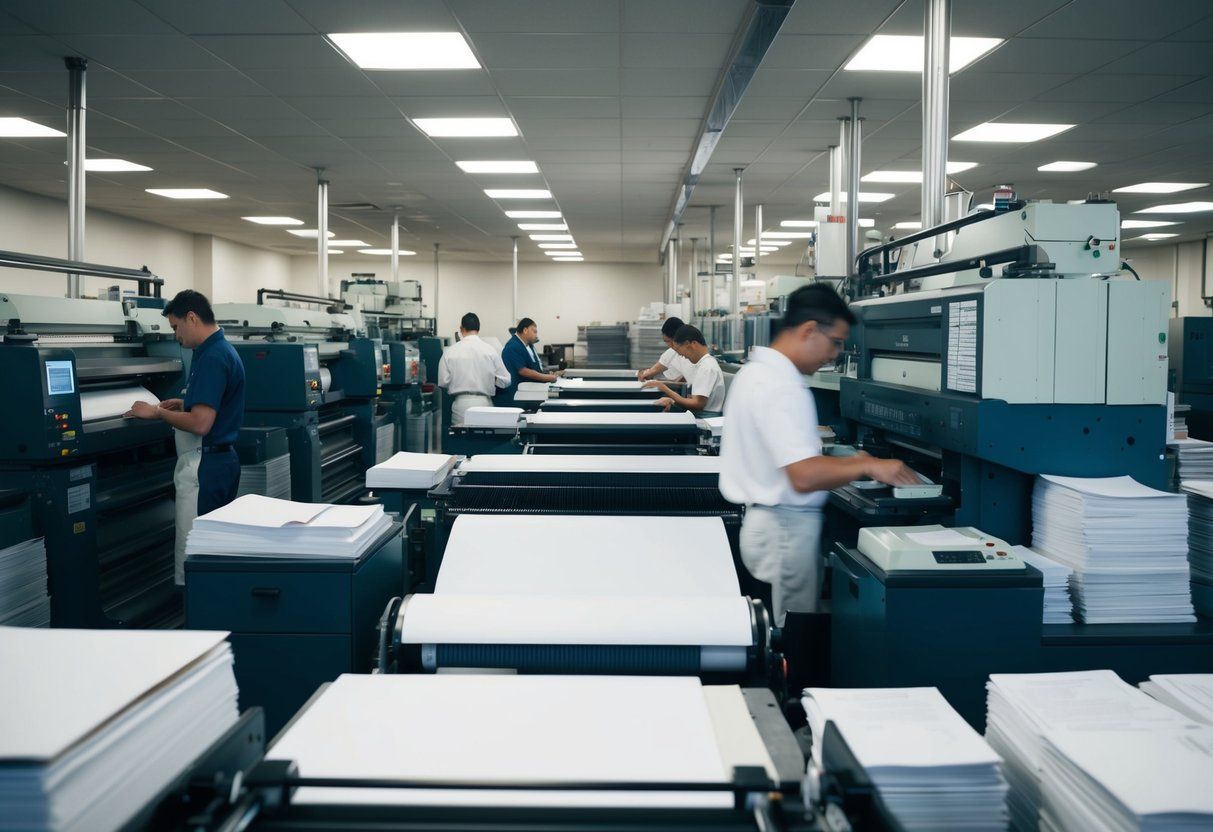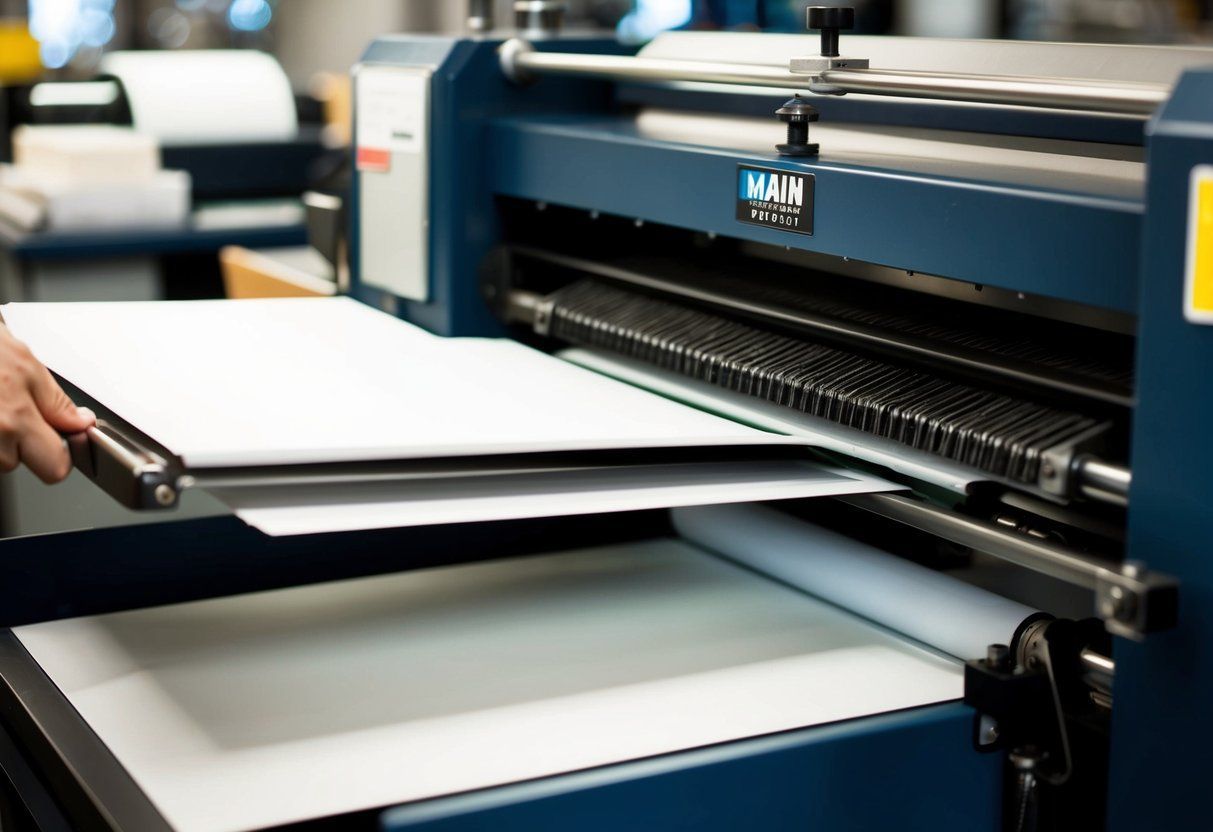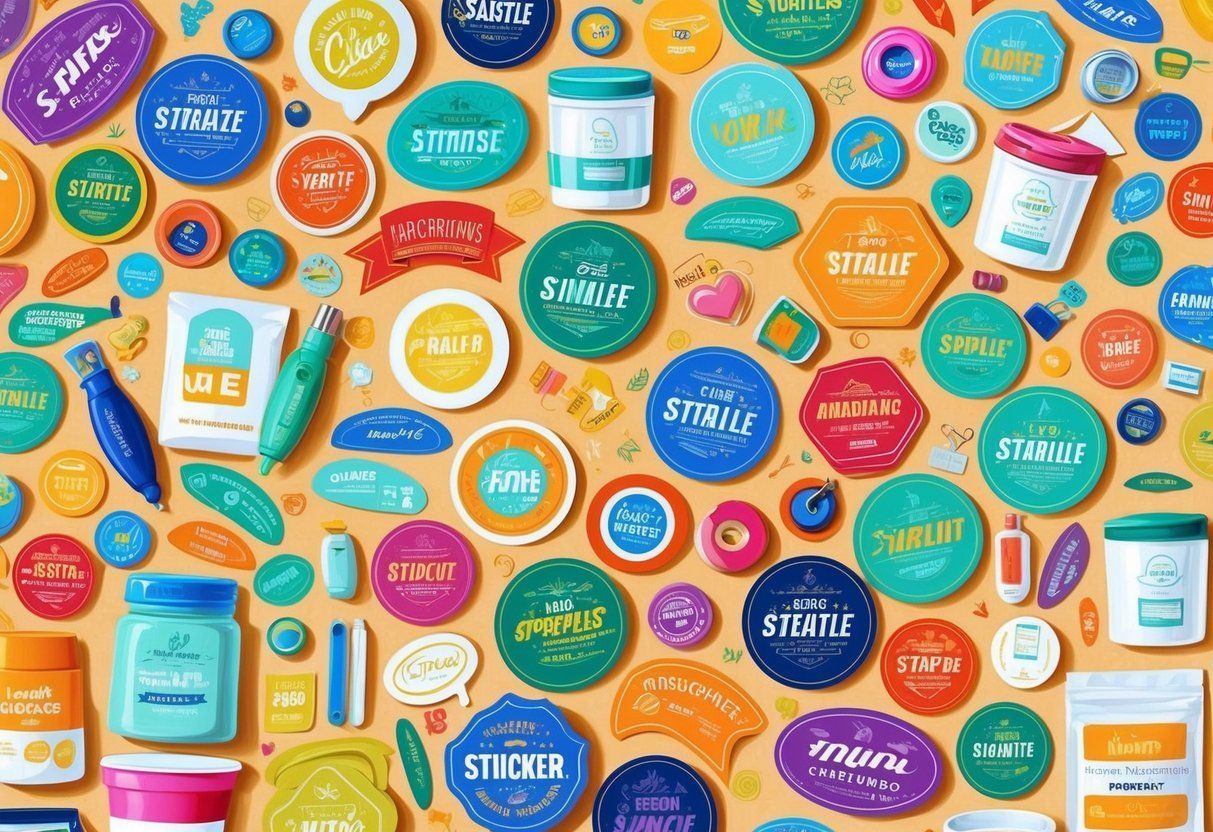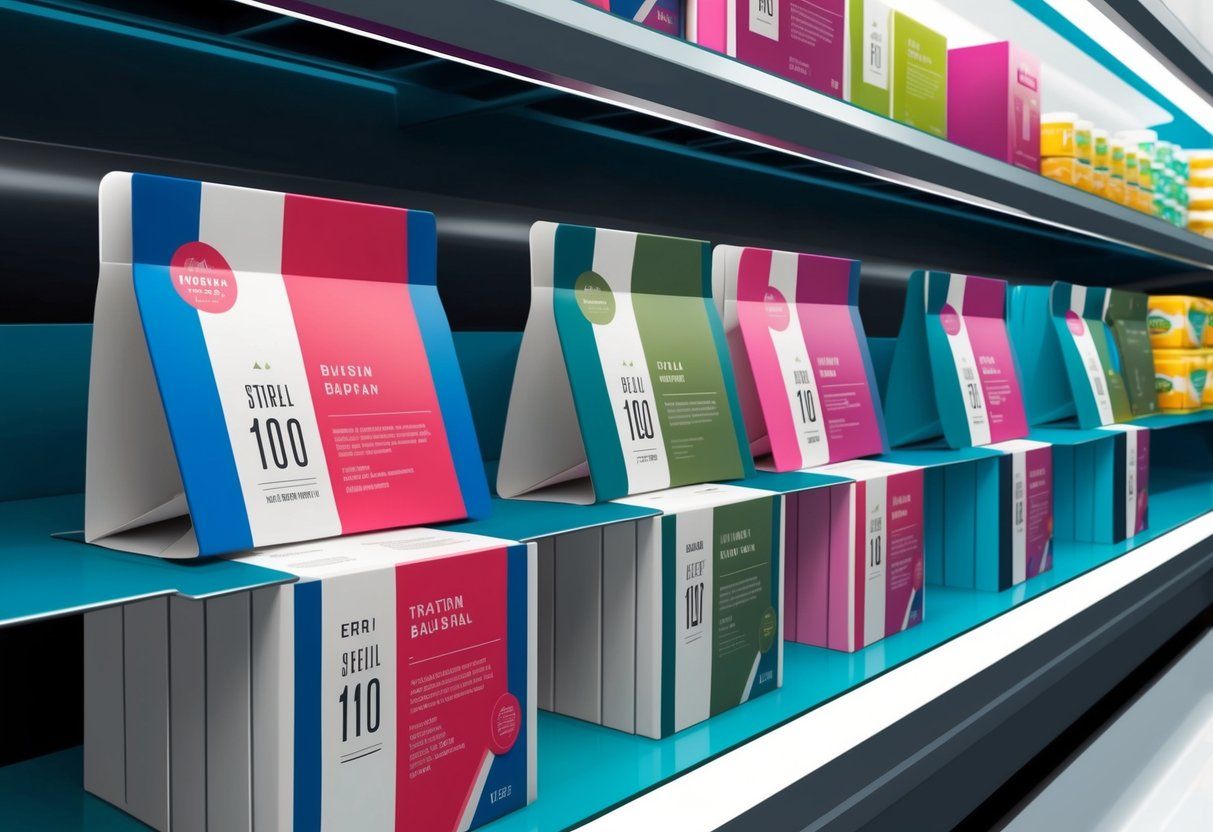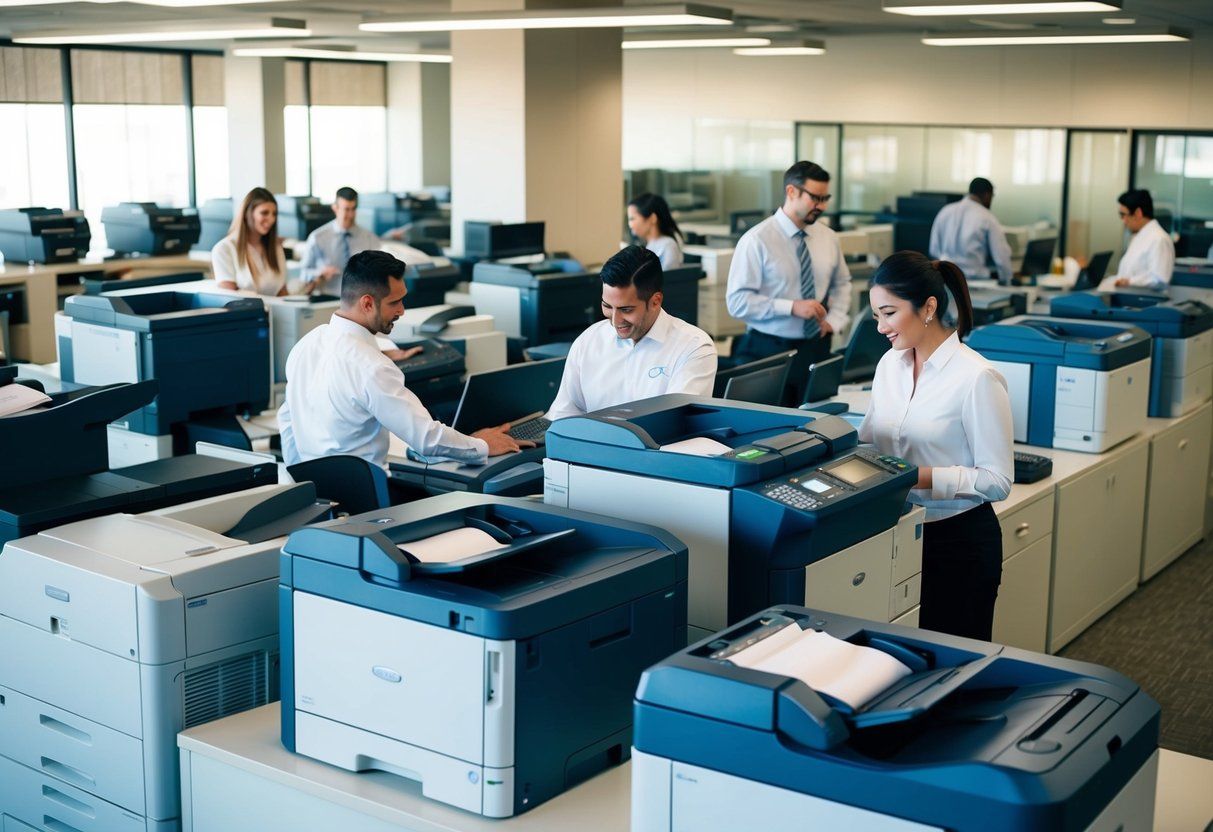Digital Printing: The Future of Printing Technology
Introduction to Digital Printing
Digital printing is a modern printing technique that involves the use of digital printers or digital presses to produce high-quality prints. This technique has gained popularity in recent years due to its efficiency, speed, and ability to produce high-quality prints.
Digital printing involves the use of inkjet or laser technology to print images, text, or graphics onto a variety of materials such as paper, vinyl, fabric, and plastic. The printing machines used in digital printing are designed to handle a wide range of materials, making it a versatile printing technique.
One of the major advantages of digital printing is its ability to produce high-quality prints. The inkjet or laser technology used in digital printing ensures that the printed images are sharp, clear, and vibrant. This makes digital printing ideal for producing marketing materials, brochures, flyers, and other promotional items.
Another advantage of digital printing is its speed. Unlike traditional printing techniques, digital printing does not require any setup time, which means that prints can be produced quickly and efficiently. This makes digital printing ideal for producing small to medium-sized print runs.
In conclusion, digital printing is a modern printing technique that offers a range of benefits over traditional printing techniques. Its ability to produce high-quality prints quickly and efficiently makes it an ideal choice for businesses looking to produce marketing materials, promotional items, and other printed materials.
Digital Printing Technologies

Digital printing technologies have revolutionized the printing industry by offering faster, more efficient, and cost-effective printing solutions. Digital printing technologies use digital data to print images on various substrates such as paper, plastic, fabric, and metal. This section will discuss the three most common digital printing technologies, inkjet printers, laser printers, and digital presses.
Inkjet Printers
Inkjet printers are the most popular digital printing technology used for printing high-quality images. Inkjet printers use print heads that spray tiny droplets of ink onto the substrate to create an image. The print heads move back and forth across the substrate, depositing ink in precise locations to create the desired image. Inkjet printers are commonly used for printing photographs , banners , and other large format prints.
Inkjet printers use either dye-based or pigment-based inks. Dye-based inks are more vibrant and produce more vivid colors, while pigment-based inks are more durable and resistant to fading. Inkjet printers are popular for their ability to print on a wide range of substrates, including glossy paper, fabric, and plastic.
Laser Printers
Laser printers use toner, a fine powder, to create images on the substrate. The toner is fused onto the substrate using heat and pressure. Laser printers are known for their speed and efficiency, making them a popular choice for printing large volumes of documents quickly. They are commonly used in offices and other business environments.
Laser printers are also known for their high-quality output. They produce sharp, crisp text and images, making them an excellent choice for printing documents that require a professional look.
Digital Presses
Digital presses are the most advanced digital printing technology available. They are designed for high-volume printing and can print up to 100 pages per minute. Digital presses use toner or ink to create images on the substrate, depending on the specific press.
Digital presses are commonly used for printing books, brochures, and other high-volume print jobs. They offer high-quality output and can print on a wide range of substrates, including paper, plastic, and metal.
In conclusion, digital printing technologies have transformed the printing industry by offering faster, more efficient, and cost-effective printing solutions. Inkjet printers, laser printers, and digital presses are the most common digital printing technologies used today. Each technology has its own unique advantages and is suited for different printing applications.
Materials and Substrates
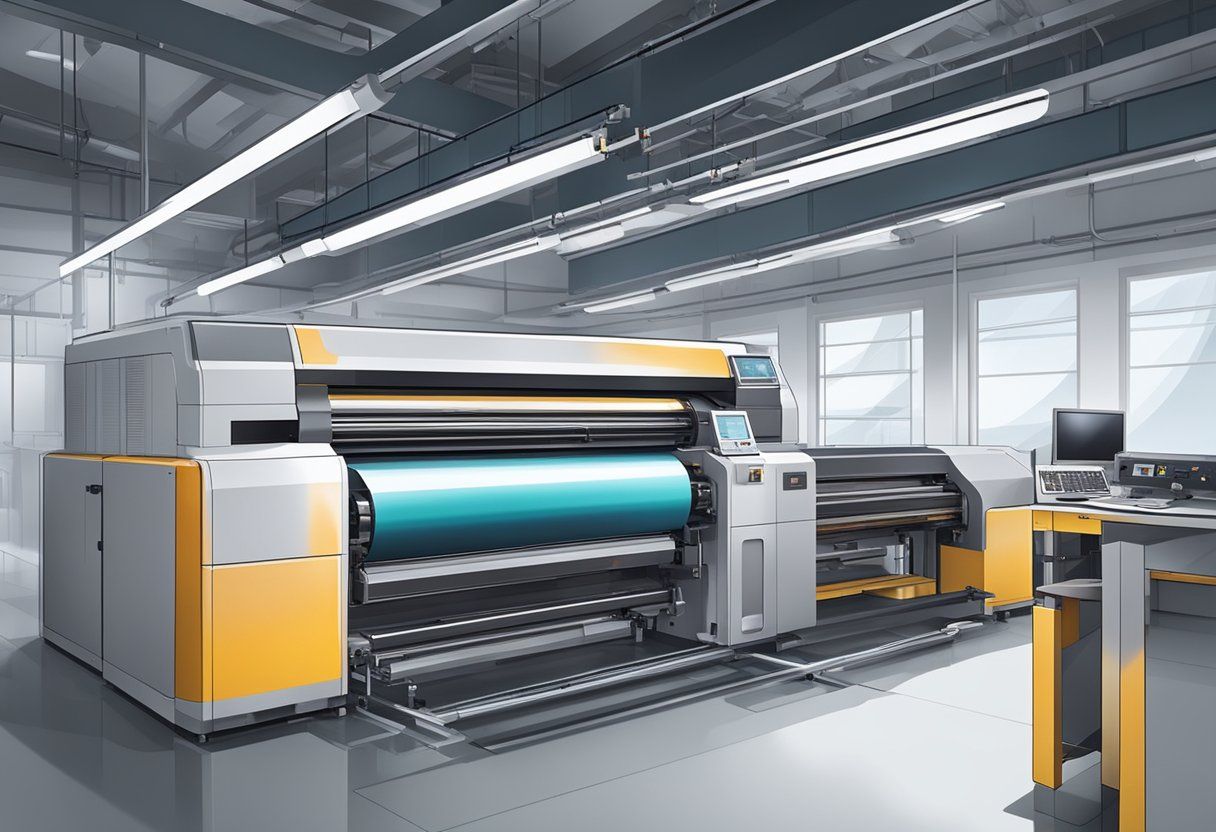
Digital printing is a versatile technology that can print on a wide range of materials and substrates. This section will cover the most common materials and substrates used in digital printing.
Paper and Cardstock
Paper and cardstock are the most common materials used in digital printing. They are available in various weights and finishes, and can be used for a wide range of applications such as brochures, flyers , business cards , and more. Digital printing on paper and cardstock produces high-quality results with sharp text and vibrant colors.
Fabrics and Textiles
Digital printing on fabrics and textiles is becoming increasingly popular due to its ability to produce high-quality images with vibrant colors. Fabrics and textiles can be used for a wide range of applications such as banners, flags, clothing, and more. Different types of fabrics and textiles require different printing techniques, so it is important to choose the right one for the desired application.
Specialty Media
Specialty media refers to a wide range of materials and substrates that are not commonly used in digital printing. These include canvas, synthetic materials, and media substrates. Digital printing on specialty media can produce unique and eye-catching results that are perfect for high-end applications such as art reproductions, museum displays, and more. It is important to choose the right specialty media for the desired application to ensure the best possible results.
In conclusion, digital printing is a versatile technology that can print on a wide range of materials and substrates. Paper and cardstock, fabrics and textiles, and specialty media are the most common materials used in digital printing. By choosing the right material for the desired application, digital printing can produce high-quality results with vibrant colors and sharp text.
Digital Printing Applications
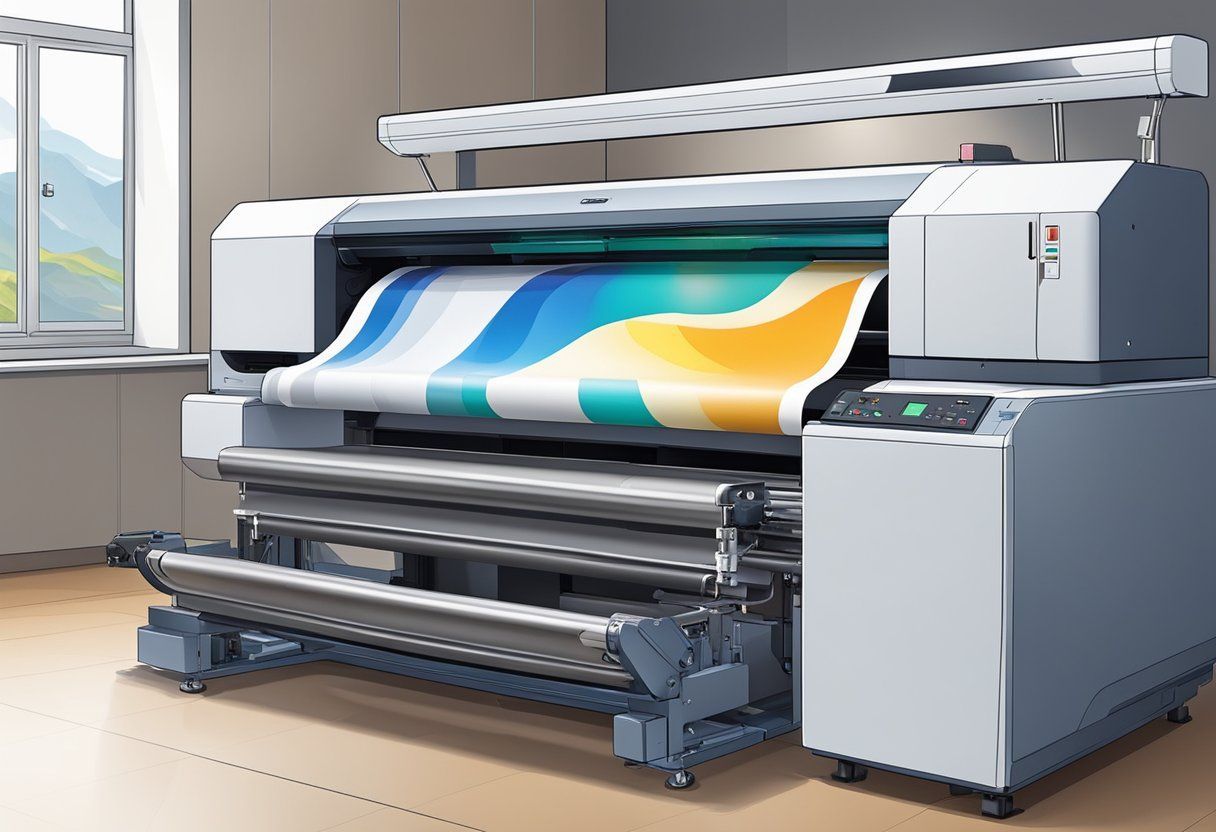
Digital printing has revolutionized the printing industry by enabling faster turnaround times and lower costs for small to medium print runs. Digital printing is now widely used in various applications across different industries. Here are some of the most common applications of digital printing.
Marketing and Promotional Materials
Digital printing is perfect for producing high-quality marketing and promotional materials such as business cards, brochures, flyers, banners, and signage. Digital printing allows for customization and personalization, making it possible to create unique designs for each client. With digital printing, businesses can print small quantities of marketing materials cost-effectively, allowing for more targeted and effective campaigns.
Packaging and Labels
Digital printing is also ideal for producing packaging and labels for small to medium-sized runs. Digital printing allows for high-quality printing on a variety of substrates, including folding cartons, stickers , and labels. Digital printing also allows for variable data printing, making it possible to print unique codes or serial numbers on each label.
Fine Art and Photography
Digital printing has also become a popular choice for fine art and photography printing. Digital printing allows artists and photographers to reproduce their work with exceptional accuracy and detail. Digital printing also allows for printing on a variety of materials, including photo paper and canvas.
Overall, digital printing has become an essential tool for businesses and individuals looking for cost-effective and high-quality printing solutions. With its versatility and customization options, digital printing is an excellent choice for a wide range of applications.
Advantages of Digital Printing
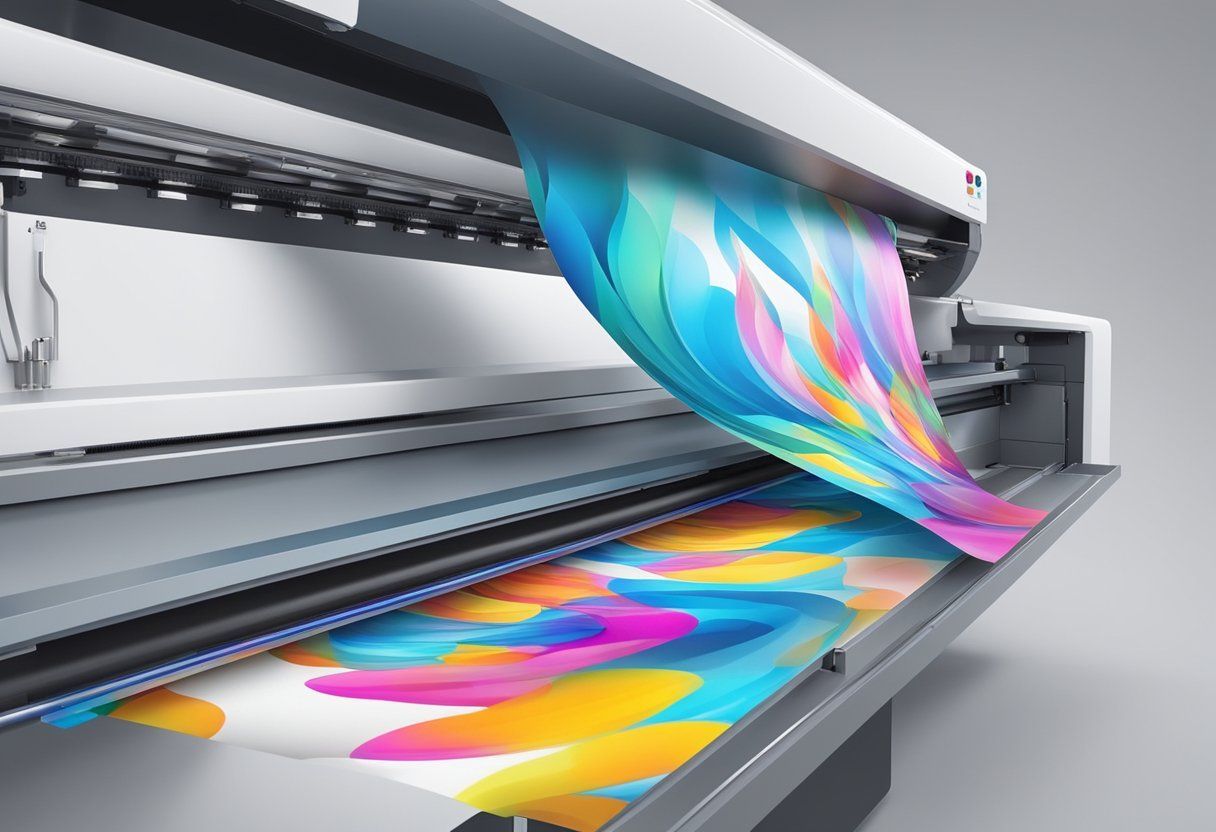
Digital printing has become a popular choice in recent years due to its numerous advantages over traditional printing methods. In this section, we will discuss some of the key benefits of digital printing.
Cost-Effectiveness and Efficiency
One of the main advantages of digital printing is its cost-effectiveness and efficiency. Digital printing eliminates the need for expensive plates and setup costs that are required in traditional printing methods. This makes it a more affordable option for short runs and on-demand printing, which can save businesses a significant amount of money. Additionally, digital printing allows for variable data printing, which means that each piece can be personalized with unique information without incurring extra costs.
Quality and Customization
Digital printing offers high-quality prints with exceptional color accuracy. This is because digital printers use advanced technology that can produce high-resolution images and graphics. Furthermore, digital printing allows for customization, which means that each print can be tailored to meet specific requirements. This is particularly useful for businesses that need to create marketing materials that are unique and stand out from the competition.
Flexibility and Speed
Digital printing offers unmatched flexibility and speed compared to traditional printing methods. Digital printers can print on a wide range of materials, including paper, cardstock, vinyl, and more. This makes it a versatile option for businesses that need to print on different types of materials. Additionally, digital printing can produce prints quickly and efficiently, which means that businesses can get their materials printed and delivered in a short amount of time.
In summary, digital printing offers numerous advantages over traditional printing methods. It is cost-effective, efficient, and allows for high-quality prints with exceptional color accuracy. Digital printing also offers flexibility and speed, making it a versatile option for businesses that need to print on different types of materials.
Comparing Digital and Traditional Printing

When it comes to printing, two main categories exist: traditional and digital printing. While traditional printing has been around for centuries, digital printing is a more recent development. This section will compare and contrast the two methods, highlighting their strengths and weaknesses.
Offset vs. Digital Printing
Offset printing is a traditional printing method that involves transferring ink from a metal plate to a rubber blanket, which then applies the ink to the paper. This method is best suited for large print runs and produces high-quality prints with sharp, vibrant colors. However, it requires a significant upfront investment in printing plates and setup costs, making it a more expensive option.
On the other hand, digital printing involves printing directly onto the paper using toner or inkjet technology. This method is ideal for short print runs and offers the flexibility to print variable data, such as names and addresses, on each piece. While digital printing may not produce the same level of color vibrancy as offset printing, it is more cost-effective for smaller print jobs.
Screen Printing vs. Digital Printing
Screen printing is a traditional printing method that involves using a stencil and a mesh screen to transfer ink onto the paper. This method is best suited for printing on non-paper surfaces, such as clothing and promotional items. Screen printing produces vibrant colors and is often used for large print runs. However, it requires a separate stencil for each color, making it less cost-effective for smaller print jobs.
Digital printing, on the other hand, can print on a variety of surfaces, including paper, plastic, and metal. It is ideal for short print runs and offers the flexibility to print variable data. While digital printing may not produce the same level of color vibrancy as screen printing, it is a more cost-effective option for smaller print jobs.
Flexography vs. Digital Printing
Flexography is a traditional printing method that involves transferring ink from a raised printing plate to the paper. This method is best suited for printing on packaging materials, such as bags and boxes. Flexography produces high-quality prints with sharp, vibrant colors and is often used for large print runs. However, it requires a separate printing plate for each color, making it less cost-effective for smaller print jobs.
Digital printing, on the other hand, can print on a variety of packaging materials and offers the flexibility to print variable data. While digital printing may not produce the same level of color vibrancy as flexography, it is a more cost-effective option for smaller print jobs.
Overall, the choice between traditional and digital printing depends on the specific needs of the project. Traditional printing methods, such as offset, screen printing, and flexography, are best suited for large print runs and produce high-quality prints with vibrant colors. Digital printing, on the other hand, is ideal for short print runs and offers the flexibility to print variable data. While digital printing may not produce the same level of color vibrancy as traditional printing methods, it is a more cost-effective option for smaller print jobs.
Frequently Asked Questions
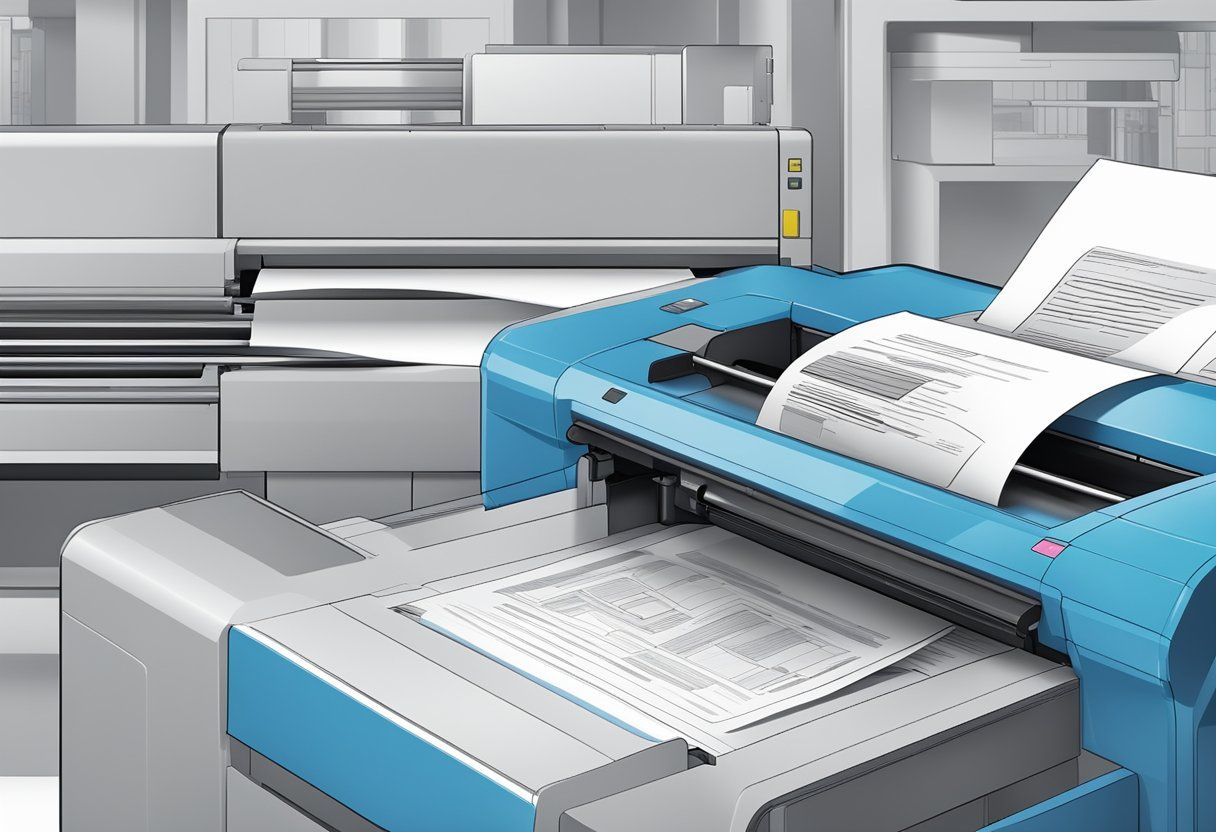
How does the digital printing process differ from traditional printing techniques?
Digital printing differs from traditional printing techniques in that it does not require printing plates or cylinders. Instead, digital printing uses computer-controlled printers to apply ink directly onto the printing substrate. This results in faster turnaround times, lower setup costs, and the ability to print smaller quantities on demand.
What are the primary advantages of using digital printing over other methods?
The primary advantages of digital printing include faster turnaround times, lower setup costs, and the ability to print smaller quantities on demand. Additionally, digital printing allows for greater customization and personalization, as each print can be unique. Digital printing also offers superior color accuracy and consistency.
In what ways can digital printing be applied to t-shirt production?
Digital printing can be applied to t-shirt production in several ways. Direct-to-garment (DTG) printing is a popular method that allows for high-quality, full-color prints directly onto the fabric of the t-shirt. Heat transfer printing is another method that involves printing onto a transfer paper and then transferring the design onto the t-shirt using heat and pressure.
What are the common types of digital printing technologies available?
The common types of digital printing technologies include inkjet, laser, and thermal transfer printing. Inkjet printing is the most common and uses liquid ink to create the printed image. Laser printing uses toner and heat to fuse the image onto the substrate. Thermal transfer printing uses heat to transfer the image from a ribbon onto the substrate.
How do digital printing costs compare to those of offset printing?
Digital printing costs are typically higher than offset printing costs for larger print runs. However, digital printing offers significant cost savings for smaller print runs, as there are no setup costs involved. Additionally, digital printing allows for greater customization and personalization, which can be cost-prohibitive with offset printing.
What are some potential disadvantages or limitations of digital printing?
Some potential disadvantages or limitations of digital printing include limited color gamut and the inability to print on certain substrates. Additionally, digital printing may not be cost-effective for larger print runs, as the cost per unit may be higher than with offset printing. Finally, the quality of digital printing may not be as high as with traditional printing methods, particularly for high-volume printing.…
